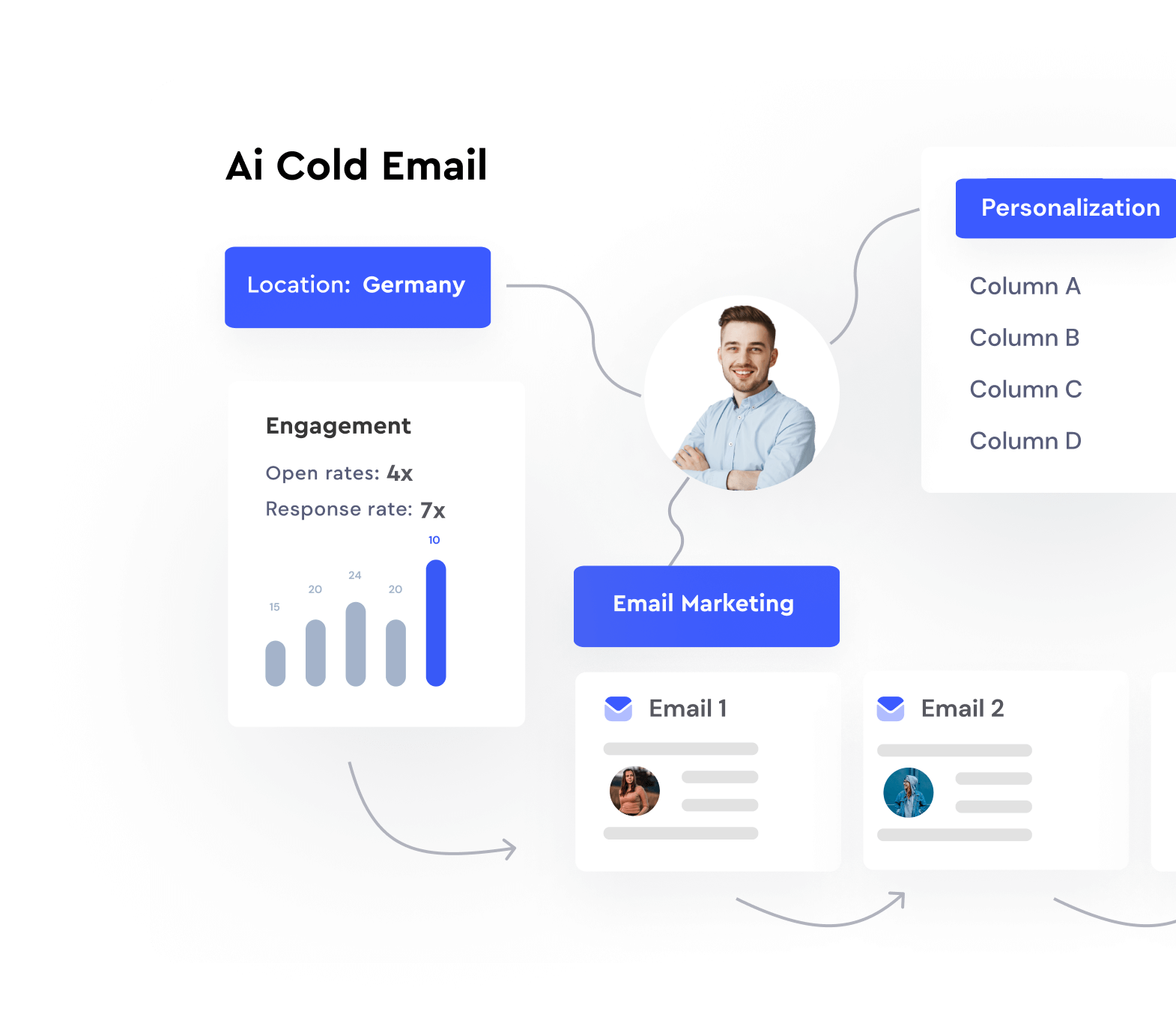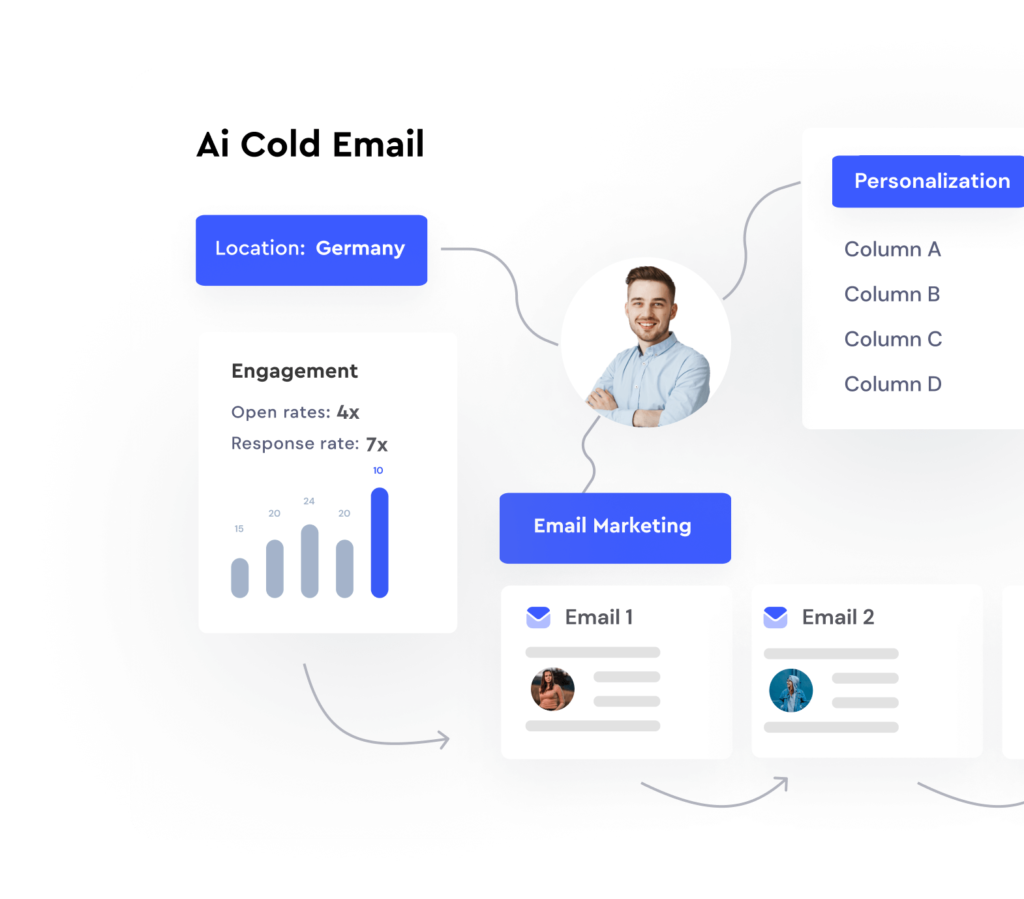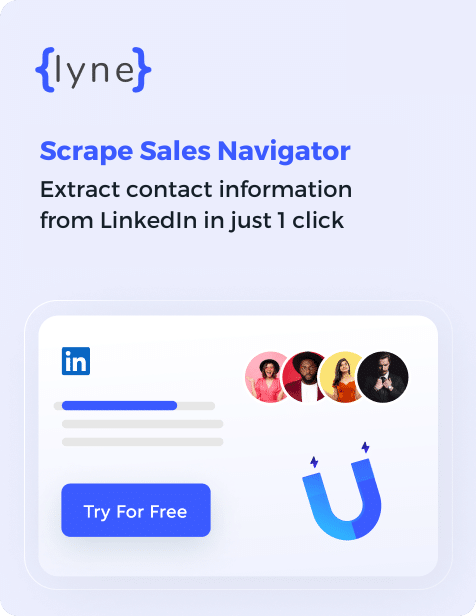What is a Buyer Persona?
Updated: December 20, 2021
Contents
You may have heard this term bandied about, or the synonym sales persona, and wondered what it denotes. In fact, it’s pretty straightforward – but also rather important.
A buyer persona is a set of demographics, behavioural, physical, and psychological traits associated with your typical or ideal customer. It’s a way of getting to know exactly who you are selling to, what they like, what their values, problems and fears are.
By looking closely at your potential customers, you’ll be able to shape strategies that capture their attention, win their trust and loyalty, and increase revenue.
Why Develop a Buyer Persona?
You might feel you have an intuitive understanding of who your customer base is, or perhaps you’re a start-up with a very clear notion of who you’re trying to attract. Nevertheless, putting this down in writing is important for a host of reasons:
Getting to know your target market is vital. But at what point in your corporate journey should you do this? If you’re already up and running, is it too late to start?
When to Employ a Buyer Persona
The simple answer: whenever you can. If you’re a new business, you should start by defining who your customers are; indeed, you may have to do this to raise seed capital – it’s one of the likeliest questions an angel investor or VC executive might ask.
But if you’re an existing business, even a very successful one, it’s wise to revisit or redefine your target market, for several reasons:
Buyer personas aren’t static across time. As loyal customers age, they may stick with your brand or move on. New generations may view legacy brands as “uncool” unless brands move with the times to capture a similar demographic. Keeping on top of your buyer persona helps you to stay relevant.
How do you Build a Buyer Persona?
Regardless of whether you’re creating a new brand or surveying your existing customers to find out who they are, the questions are the same, and fall into a range of categories. If you’re designing a buyer persona for a new business, you can get as granular as you like.
When you are surveying existing customers, any information you can’t extract from your CRM database will have to be solicited with a customer survey, focus group, or other market research method and you’ll have to be a little careful when asking searching personal questions.
Here are the basic categories of information you might employ:
The latter point may seem frivolous but when you identify what media your ideal customers consume, you’re halfway towards knowing how best to reach them, which will inform your marketing and advertising strategies.
Employment is a huge factor for B2B companies, but also informs pricing and branding – are your customers buying bargain, mid-range, or aspirational lifestyle products?
It can also help to get a graphic artist to sketch out a range of physical depictions of your target customers, or you might even employ a photographer and casting agency to help show your team what your buyers look like. They say, after all, that a picture is worth 1000 words.
Two notes of caution, however. Firstly, don’t get so specific or rigid about your ideal customers that you rule out expanding your marketplace. Remember that buyer personas are typical customers, and that outliers will always exist.
Secondly, your advertising should show a diverse group of consumers, even if this level of diversity is somewhat aspirational – you want to welcome customers in, not exclude them (think of Dove’s ‘real beauty’ campaign and the famous United Colors of Benetton brand).
Conclusion
In conclusion, a buyer persona is a powerful tool for getting to know your customers and informing business strategy, but it should not be a straitjacket, and needs regular reassessment.

Personalize cold emails at scale without the hard work
Personalize at Scale with Lyne.ai
Lyne offers sales personalization and automation at scale






